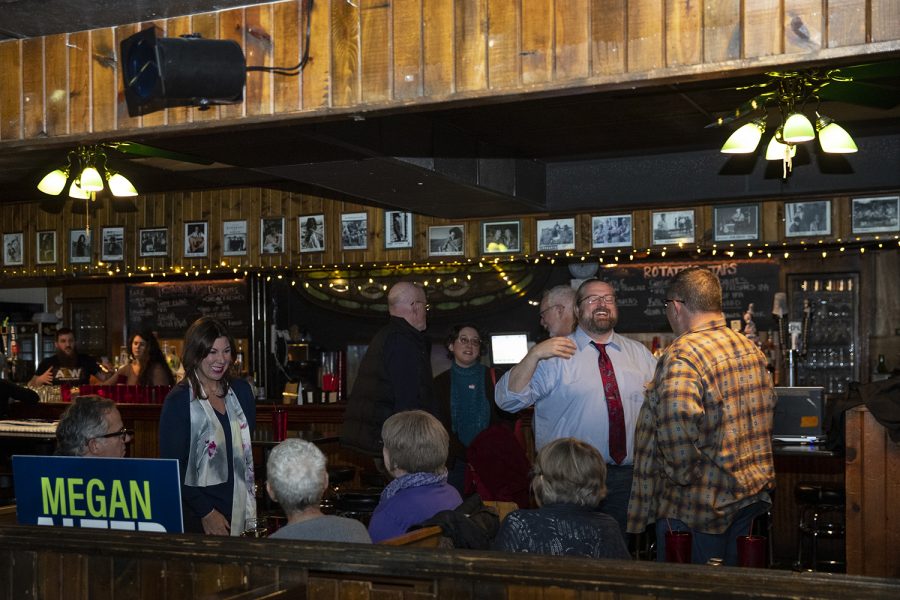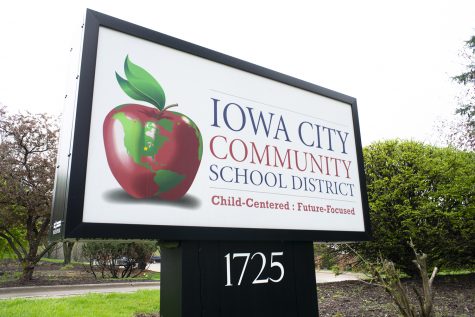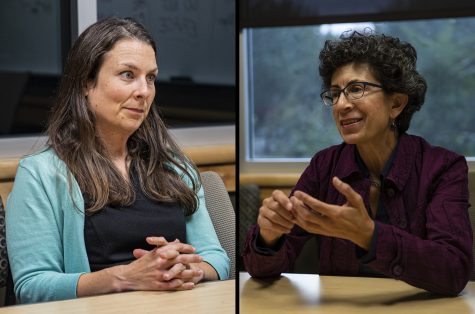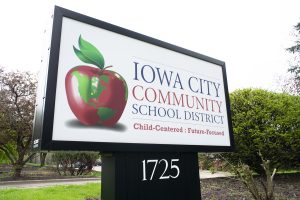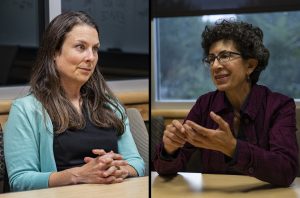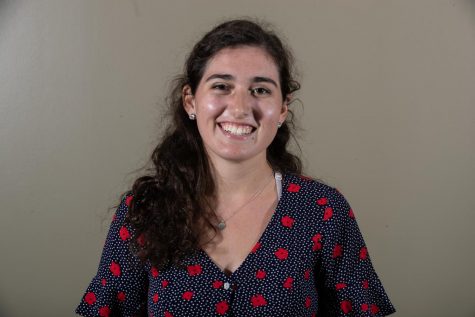Johnson County voter turnout lower than expected for local elections
Voter turnout was lower than local officials expected in Tuesday’s combined City Council and school board elections.
Iowa City City Candidate Megan Alter speaks with supporters during her watch party at the Mill on Tuesday, Nov. 5, 2019. Alter lost to Janice Weiner and Laura Bergus for two at-large City Council seats. Alter received 55% of the votes.
November 5, 2019
The Johnson County auditor said voter turnout was slightly lower than expected Tuesday for the first-ever combined Iowa City City Council and Iowa City Community School Board elections.
According to the city/school election document on the Johnson County auditor website, 14.10 percent of the total 95,175 registered voters turned out for this year’s election.
Johnson County voters cast their ballots for two available at-large City Council seats and two separate uncontested district seats as well as the Iowa City Community School Board seats. Polls remained open until 8 p.m. as opposed to the General Election cycle poll-closing time of 9 p.m.
The Iowa Legislature revised Iowa’s local election schedule in 2017 to combine city and school elections in odd-numbered years. Lawmakers sought to diminish the need for a separate school election in September on odd-numbered years, according to the Johnson County Auditor’s website.
Johnson County Auditor Travis Weipert said this year’s election brought about lower numbers than expected in Iowa City. He said rural areas such as Solon, Tiffin, and Lone Tree all saw incredibly high turnouts.
“Some of [the turnout] is probably with it being a combined election, and some of it has to deal with hot topics the voters were voting on,” Weipert said.
Turnout is typically around 10 to 15 percent for local elections, Weipert said.
In a previous interview with The Daily Iowan, Weipert said voter turnout has decreased in local elections over a span of nearly 50 years. Local officials hoped the turnout would hit around 15 percent for this particular election, meaning they fell less than 1 percent short of their goal.
As previously reported by the DI, Weipert said more than 3,000 early-voting ballots were requested this election season, and almost 2,500 were returned by Monday morning.
In the 2018 midterm election, 61.26 percent of registered Johnson County voters turned out to cast their ballots.
Weipert added that an increased number of voters turned out at the student precinct located in the IMU.
The University of Iowa began issuing temporary and free Iowa One cards last week to get students to the polls. The temporary IDs have an expiration date to meet state requirements at the polls and are part of an effort to accommodate students who may not have valid identification to bring to the polls, UI Student Government Governmental Relations Director Connor Wooff previously told the DI.
Voter turnout increased by 16 percent on the UI campus in approximately four years, as previously reported by the DI. In 2014, around 28.9 percent of students turned out to vote in elections — a number that increased to 44.9 percent by 2018.
“That kind of surprised us,” Weipert said. “It’s my understanding that Hawk the Vote was trying to get students to vote in the city election today, and I don’t know if it is because of their work or the students actually interested, but we did see a slight uptick. For us, getting 50 or 60 students to vote in the city election is pretty good.”



